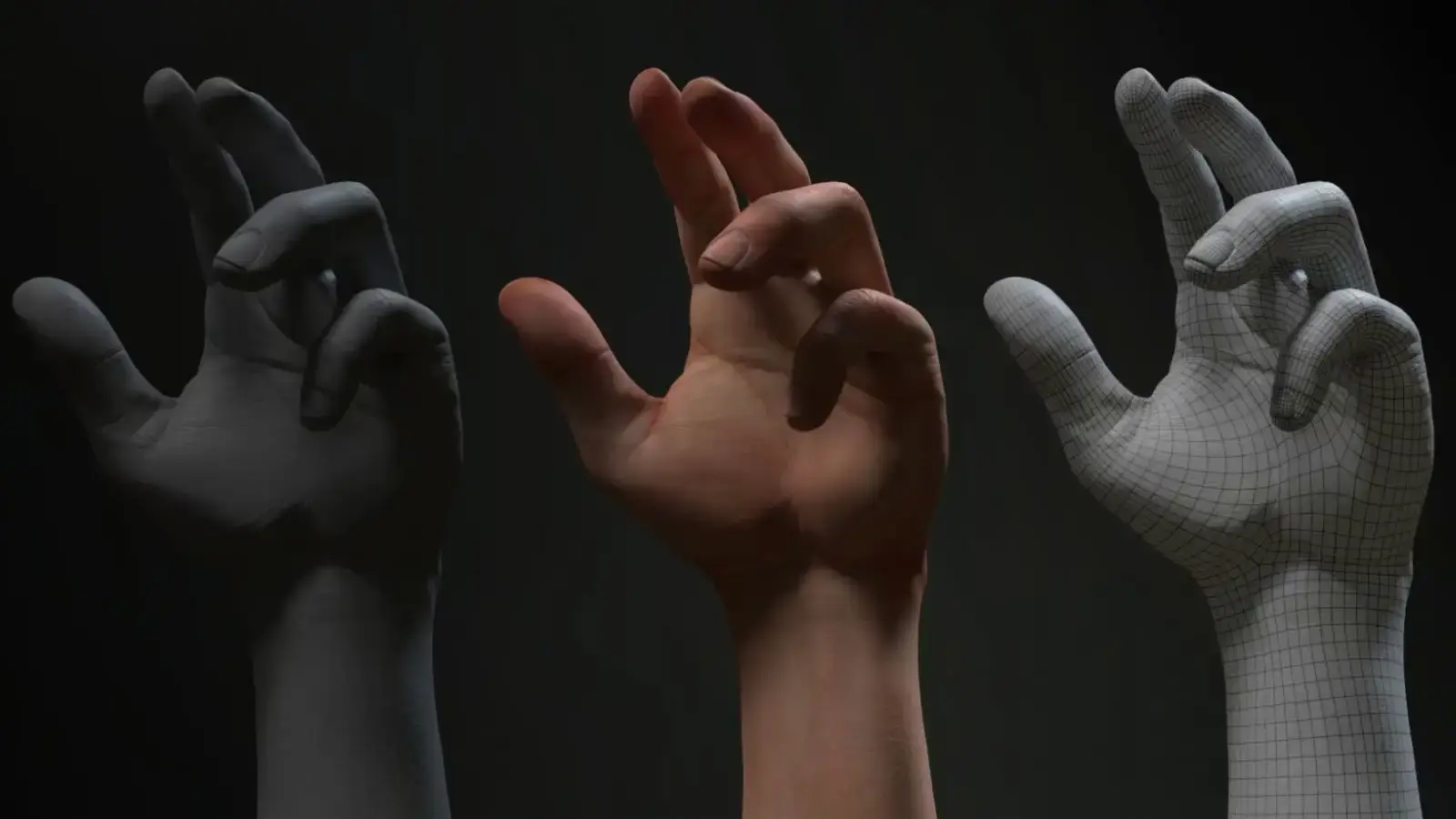
Short answer: A texture artist creates the surface details—colors, materials, and patterns—that make 3D models look believable and visually appealing inside the game engine.
Who is NOT a Texture Artist?
- A person who only models 3D objects (that’s a 3D Modeler) is not a Texture Artist.
- A person who only paints concept sketches (that’s a Concept Artist) is not a Texture Artist.
- A person who only places assets in levels (that’s an Environment Artist) is not a Texture Artist.
- A person who only controls lighting and shadows (that’s a Lighting Artist) is not a Texture Artist.
What does a Texture Artist do?
- Create materials: wood, metal, fabric, skin, stone, and more.
- UV mapping: unwrap 3D models for accurate texture placement.
- Hand-painting & procedural texturing: stylized or realistic surfaces.
- PBR workflow: design albedo, roughness, normal, metallic, and AO maps.
- Tileable & trim sheets: efficient reusable textures.
- Engine integration: implement materials in Unreal, Unity, or proprietary tools.
- Collaboration: work with modelers, environment artists, and technical artists.
Why it matters
Textures transform flat 3D models into believable objects. Without them, even the best models look unfinished or unconvincing. Texture artists add realism, style, and mood.
Common misconceptions
- “Texture artists just paint pretty skins.” → They must understand PBR, shaders, and optimization.
- “They only make one-off textures.” → They design systems of reusable materials.
- “It’s all Photoshop.” → Modern texturing uses Substance Painter, Designer, Quixel, and in-engine tools.
Core skills & tools
- Substance Painter & Designer, Quixel Mixer, Photoshop, Krita.
- 3D software: Blender, Maya, 3ds Max (for baking maps).
- Understanding of materials & physics.
- UV unwrapping & optimization.
- Procedural texturing & node-based workflows.
Practical frameworks
- PBR workflow: Albedo → Metallic → Roughness → Normal → AO.
- Channel packing: combining maps to optimize memory.
- Consistency checks: match texel density across assets.
- Detail layering: macro detail (grime, wear) + micro detail (scratches, pores).
Portfolio tips
- Show before/after comparisons of untextured vs. textured models.
- Include material spheres (metal, wood, fabric, stone).
- Present breakdowns of texture maps (albedo, roughness, normal, etc.).
- Demonstrate both realistic and stylized styles.
Quick example
Think Call of Duty: realistic PBR textures create gritty environments and believable weapons.
Or Fortnite: stylized hand-painted textures define its iconic look.
Author: Pouria Mojdeh
References:
- Allegorithmic – The PBR Guide: Physically Based Rendering for Artists (2018, available online)
- Wes McDermott – The PBR Texturing Handbook (Allegorithmic, 2017)
- William Vaughan – Digital Modeling (New Riders, 2011)
- 3DTotal Publishing – Digital Painting Techniques (2017)
- Game Developer (formerly Gamasutra) – www.gamedeveloper.com
